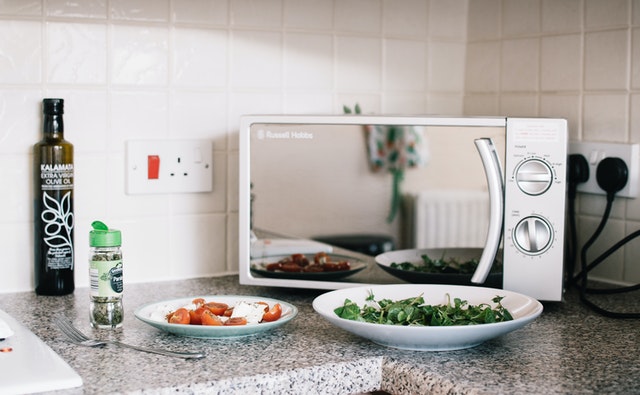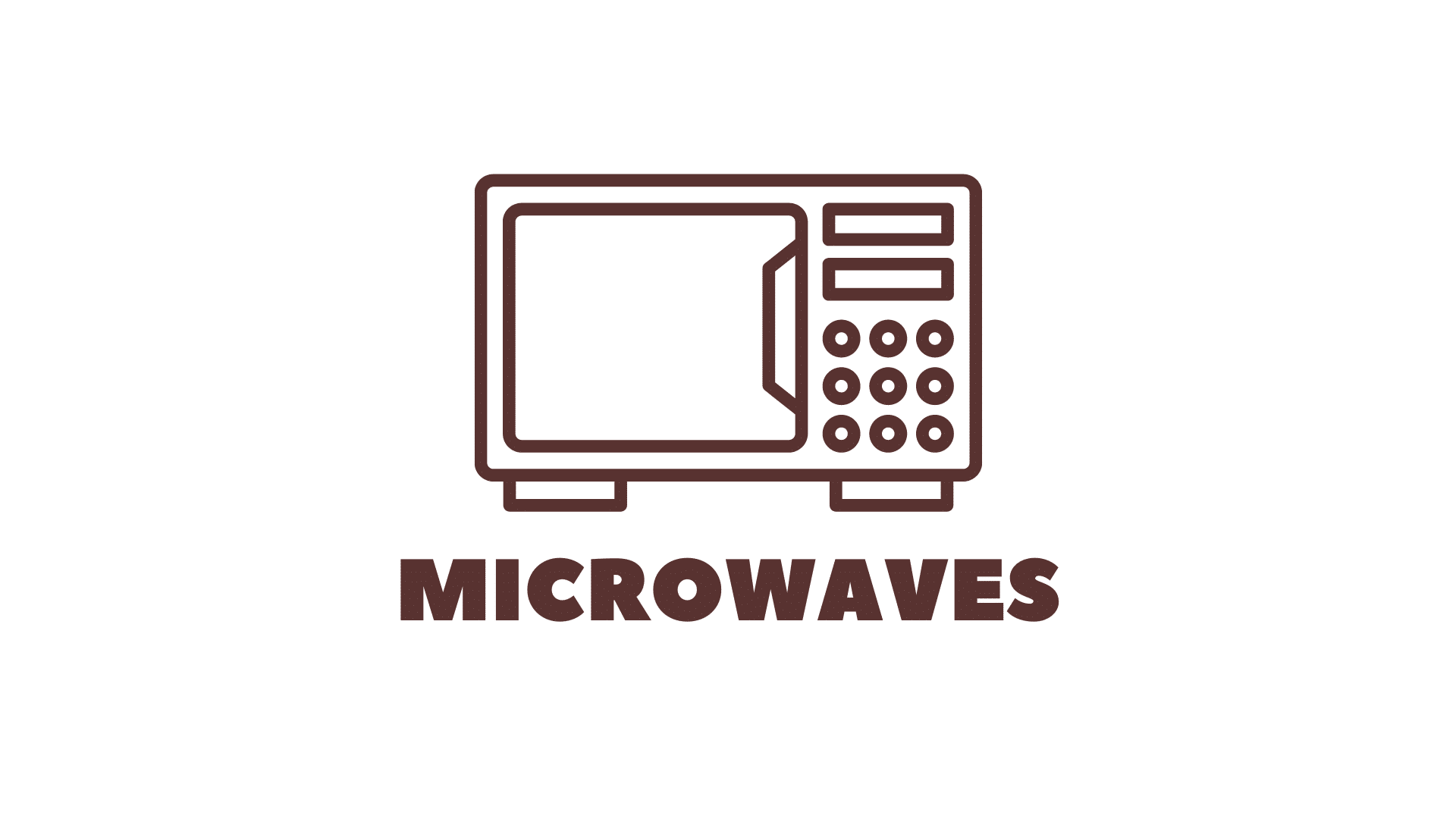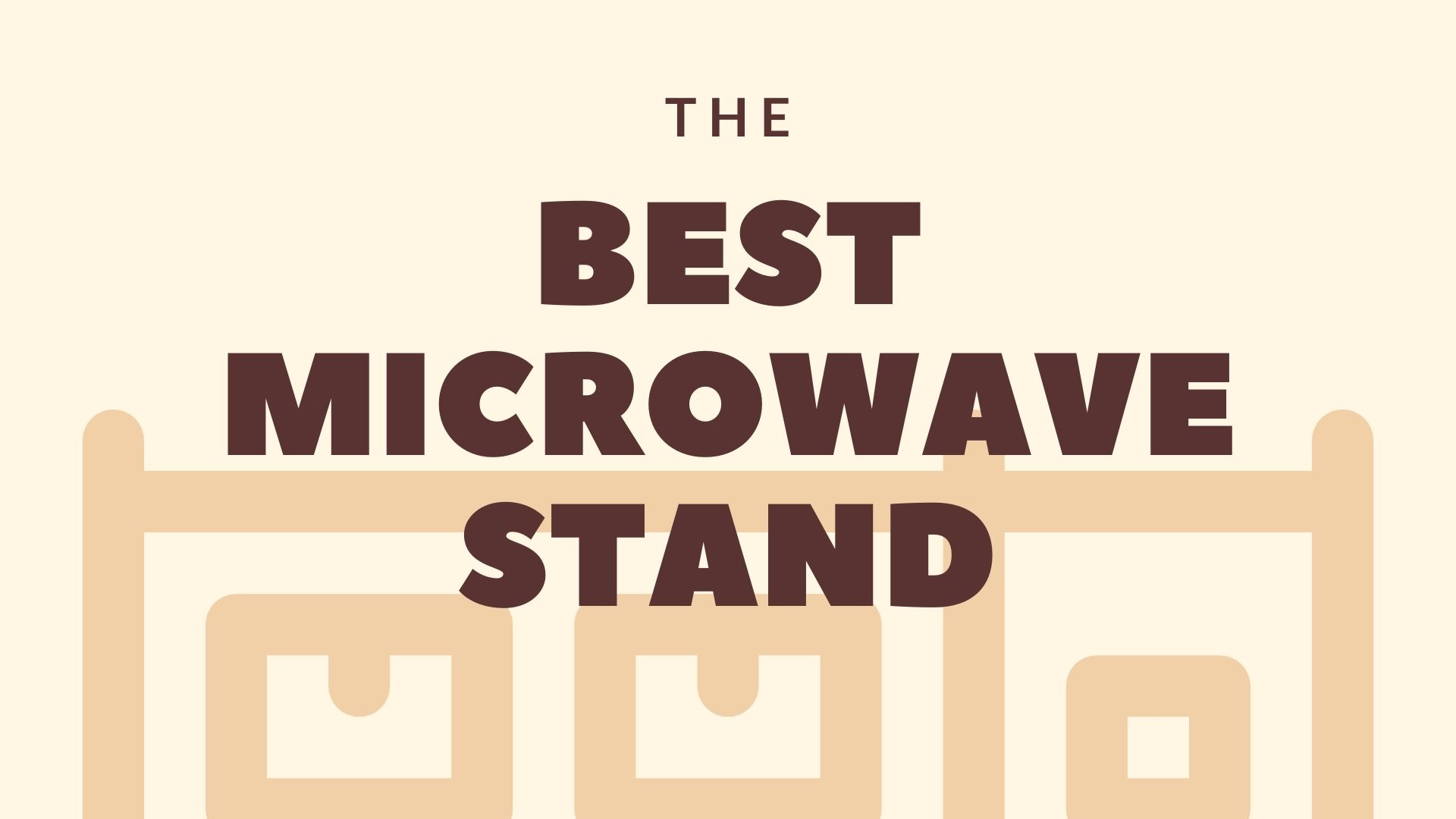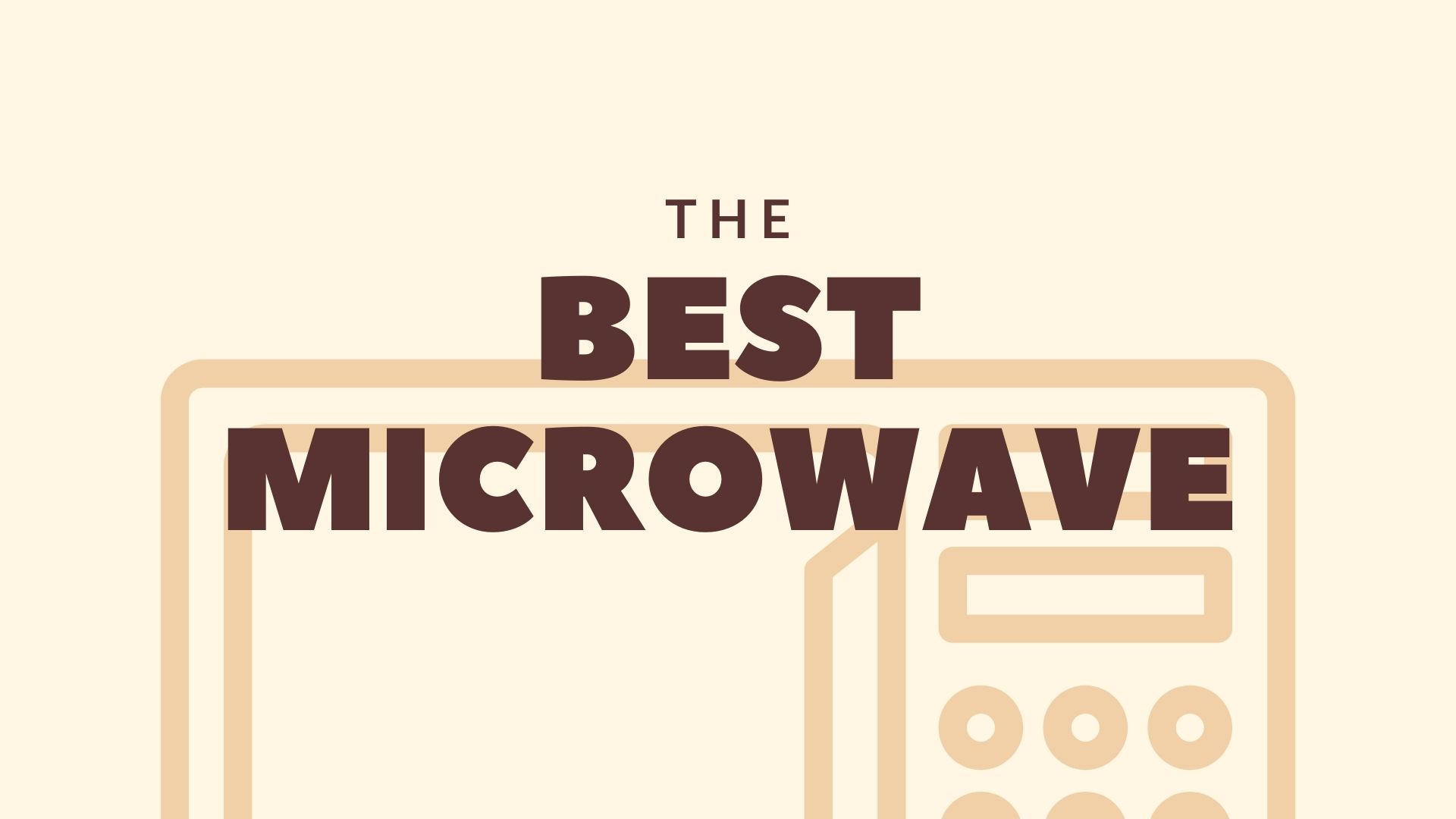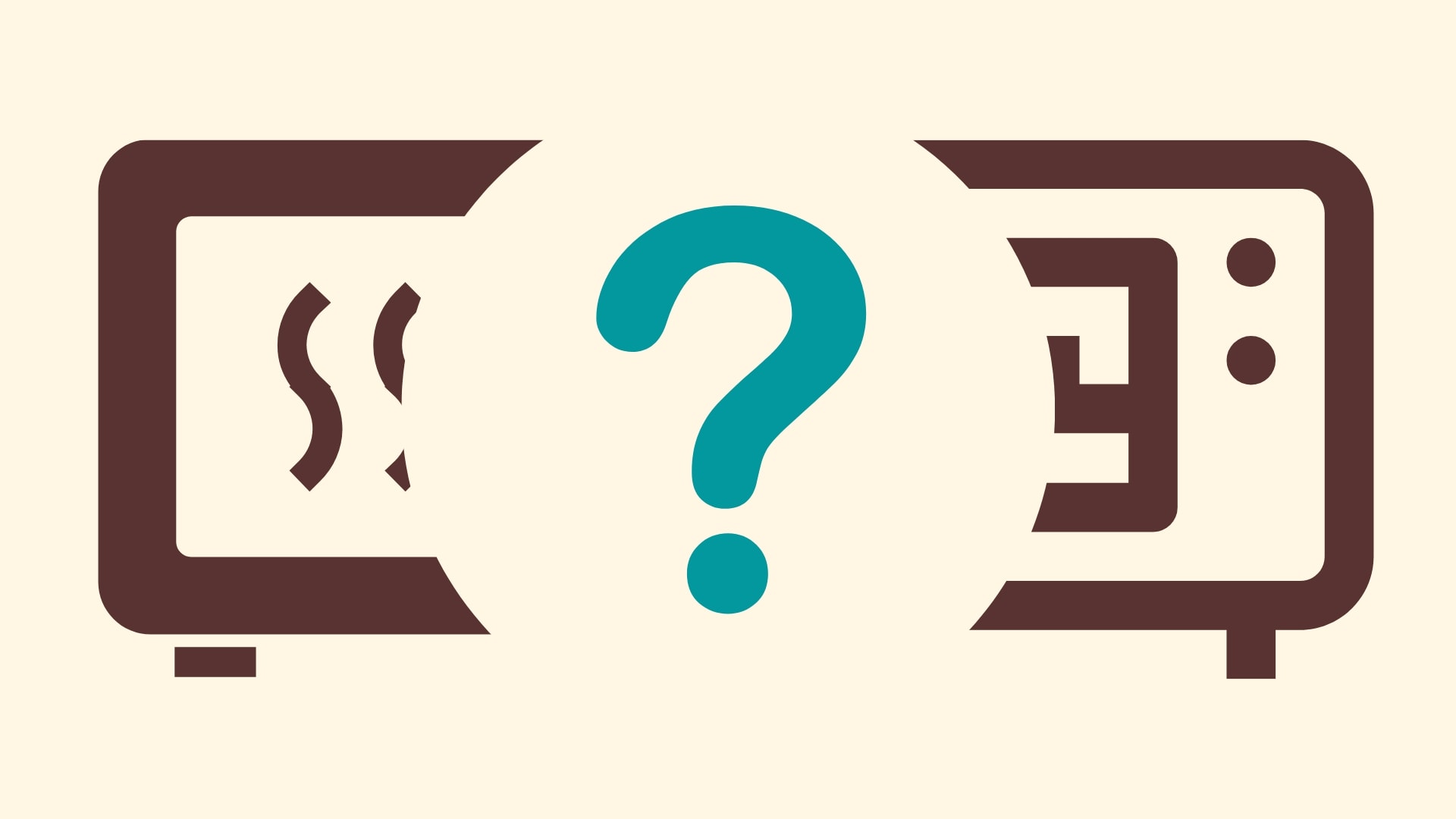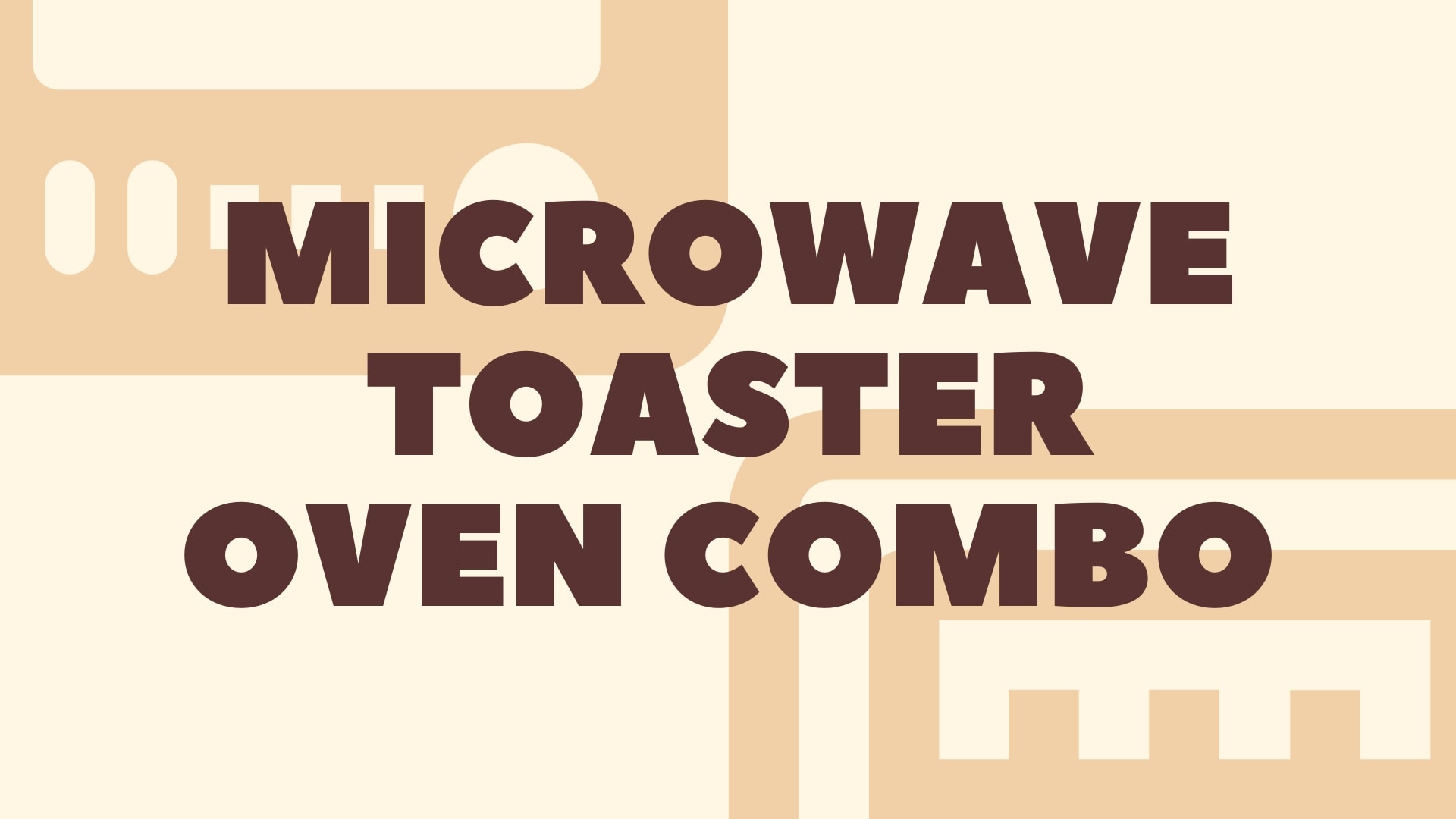This post may contain affiliate links. I may receive a small commission at no extra cost to you. All opinions remain my own.
Author of the blog. I am passionate about the calling to be a homemaker, and local, family-owned businesses.
This page contains all the resources I have on microwaves: whether they are different from toaster ovens or not, what can you use them for, and how to choose one.
People Ask
What is a microwave?
A microwave is an electric oven that uses electromagnetic radiation to cook food by heating it from within. It channels heat energy straight to the molecules in food. It is efficient and power-saving as it functions by heating only food rather than the whole space inside the oven. It can be used to preheat food or to quickly prepare various meals. Unlike a standard oven that cooks food slowly, a microwave uses high-powered radio waves to cook food six times faster. Using a microwave you can easily melt chocolate or butter, cook a healthy breakfast meal, or prepare a snack.
How does a microwave work?
A microwave oven heats the food from the inside by passing electromagnetic radiation through the food. The source of the electromagnetic radiation is the microwave generator called magnetron located inside the microwave. When the device is on, magnetron converts electricity into high-powered microwaves with frequencies higher than radio waves. Magnetron directs these waves to the food through a channel called a waveguide while food is spinning slowly in order to be heated evenly. Microwaves bounce off the metal inside the oven but when they get in contact with the food, they pass their energy on the food molecules and make them vibrate faster – the faster the molecules vibrate the hotter the food gets.
When was the microwave invented?
American physicist Percy Spencer invented the microwave oven during the 1940s. There is an interesting story behind the invention. Spencer was an engineer in a company called Raytheon where he noticed that microwaves from an active radar set he was working on melted a candy bar he had in his pocket. This gave him an idea of creating a microwave oven, for which he and the Raytheon company filed a patent in 1945.
The first commercial microwave was produced in 1947. It was worth a few thousand US dollars and six feet tall. Twenty years later a much more affordable countertop microwave appeared on the market. Since 1970, microwave ovens have been an irreplaceable part of kitchens around the world.
What is a convection microwave?
Convection microwave has convection as an additional form of heat transfer. It consists of a heating element and a fan for the heat to evenly circulate inside. Convection microwave oven combines some of the best features of a standard oven and a microwave oven. It functions based on a microwave technology that can quickly heat up the food but with a convection setting that transforms it into a convection oven. It can be used for heating, cooking, baking, and roasting – similar to a convection oven. Besides being time-efficient, it is also space-saving and easy to use considering that many models offer a variety of specialized programs you can choose from.
How much power (amps and watts) does a microwave use?
Using microwave ovens is a very energy efficient method as these devices use 60-80 % less energy than the standard ovens. They have power wattage between 500W and 1800W. Compact microwaves use 500-800W, while regular and large-sized microwaves can use 800-1800W.
Most microwaves require 20 amps of current, but this can vary according to the size of the microwave. They need 120-125 V of electricity to perform well.
These appliances use a small amount of standby power. Most of their energy goes into cooking. So if you want to save power, it is recommended to unplug your microwave oven when it is not in use.
Which Microwave Should I Buy?
Resources
